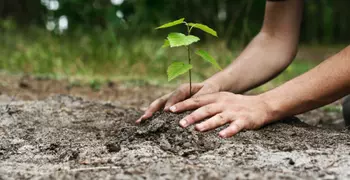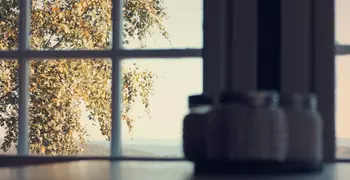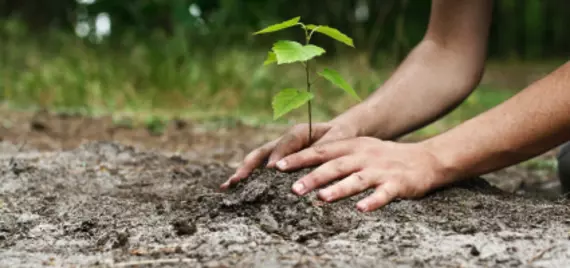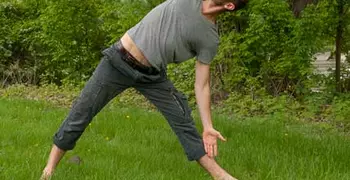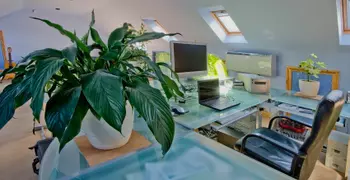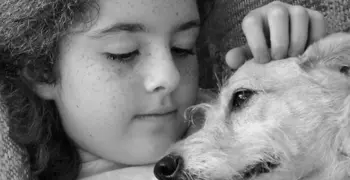Water and Wellbeing
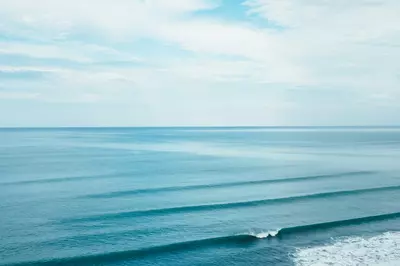
Water Connects Us All
 No matter where you live on Earth, water connects you to all living beings: those who came before, those who reside on the planet now, and those who are yet to come. The water that you drink for nourishment has been here for billions of years. It has kissed the ocean and the sky, traveled across faraway lands, and seen a diverse array of people before reaching you. After you finish with it, that water will journey on to touch the lives of others, whether that be through a river flowing near your home or a cloud floating over another continent. This process is a cycle: while water leaves you, it will come back to you as well.
No matter where you live on Earth, water connects you to all living beings: those who came before, those who reside on the planet now, and those who are yet to come. The water that you drink for nourishment has been here for billions of years. It has kissed the ocean and the sky, traveled across faraway lands, and seen a diverse array of people before reaching you. After you finish with it, that water will journey on to touch the lives of others, whether that be through a river flowing near your home or a cloud floating over another continent. This process is a cycle: while water leaves you, it will come back to you as well.
This global connection through water means that your actions affect people and places all around the world. This may seem daunting, but this is a communal responsibility that we all share; no one person must protect water alone. Over 70 million people live in the Mississippi River watershed, which is the area of land that contributes water to the Mississippi River. This means that millions of people’s actions impact that water that flows out of a single point on the river to the Gulf of Mexico. This impact is not one-sided; it is a mutual relationship in which we all affect each other.
Water is Ever-Changing
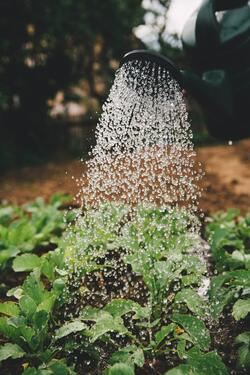 Right now, many people all over the world are feeling anxious about climate change. We question what it will mean for our present and future, how it will affect our ability to survive and thrive, what monumental changes will come to the land and beings surrounding us. While the change we are facing is unprecedented and faster than the Earth’s natural evolution, we can take comfort in the dynamic nature of water.
Right now, many people all over the world are feeling anxious about climate change. We question what it will mean for our present and future, how it will affect our ability to survive and thrive, what monumental changes will come to the land and beings surrounding us. While the change we are facing is unprecedented and faster than the Earth’s natural evolution, we can take comfort in the dynamic nature of water.
Water is constantly reforming landscapes, and as a result, landscapes and people have been adapting to the transformations of water. Little by little, water loosens soil and carves out the land in a process called erosion. Over time, these small alterations completely remake the surface of the Earth. One example of this process is a waterfall along the Mississippi River. This waterfall has been given several names, including Owámniyomni by the Dakota people, Gakaabika by the Ojibwe people, and St. Anthony Falls. Thousands of years ago, the waterfall was 200 feet (60 meters) tall and stood over what is now the city of Saint Paul, Minnesota. Over time, the water eroded away the soft sandstone beneath it. As erosion progressed over ten thousand years, the falls moved 10 miles (16 kilometers) up the river to where it now resides in Minneapolis, Minnesota. During this time, the falls’ height shrunk to 50 feet (15 meters).
Through these millennia of change, the Dakota people have lived along the falls, and many Indigenous nations traveled to it, including the Ojibwe and Ho-Chunk. Additional change came at the hands of European settlers, who modified the falls for industry to the point where it almost collapsed. This harm caused pain to both river and people. In the present day, Indigenous people continue to tell their stories of the falls through projects such as the Bdote Memory Map and Illuminate the Lock: Madweyaashkaa, highlighting continued strength and connection to the water. Sisseton-Wahpeton Dakota artist Mona M. Smith emphasizes that even through the many changes of the falls, even destructive ones, “the water’s spirit endures.”
We can take several lessons from this story of water’s constant change. Although change can be frightening and sometimes painful, the water, land, and people have adapted and endured for millions of years. Life may not be the same as it was before, but we can retain our spirit while enduring the effects of climate change. The Earth has always been resilient in the face of change, whether from natural or human forces. To use the words of Mona M. Smith, “one of the first things I learn from the falls is that change is part of everything, even the 2,320-mile long Mississippi River.”
And small acts can add up to make a big difference. Any small thing you can do to care for the Earth or people goes further than a singular act. Just like erosion, when we combine all of our individual efforts, the collective impact will be widespread and make the world better for everyone.
Seeing Yourself Reflected in the Water
 Interacting with water can help us feel better connected: to the Earth, to other people, and even to ourselves. Even the smallest trickle of a stream has boundless stories to tell, and we can learn from them if we take the time to listen.
Interacting with water can help us feel better connected: to the Earth, to other people, and even to ourselves. Even the smallest trickle of a stream has boundless stories to tell, and we can learn from them if we take the time to listen.
Whether an ocean, lake, river, or small pond, take some time to really see the water. Perhaps waves are washing on the shore and eroding the sand, or currents are carrying plants and sediment. Even if the water is still, maybe it ripples in the wind or splashes as a bird lands on the surface. No matter what, the water changes within just a few moments. Now think about how much that place has changed in the last year, ten years, or even a thousand years. Maybe the current flowed in a different direction, or the shore was further out. Think of all the water has seen in that time, all the people and animals who have come and gone, all the history that has taken place. Even after centuries of evolution, the water is still there and offers beauty and nourishment. If you have been to this place before, maybe you have also changed since the last time you saw it. Even if some of those changes were difficult, you still persist. Both you and the water are dynamic, existing upon a continuum of transformation, but your identity is still yours. Tomorrow, both you and the water may be different in some unknown way, and you will both adapt and live on.
Water Brings Us Together
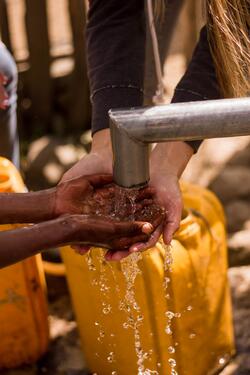 At times, it is easy to feel isolated. Perhaps you miss someone whom you have not seen in a long time, or friendship feels distant. When we feel lonely, the water can remind us how connected we truly are. To form a stream, many drops of rain needed to come together. Even though a river may stand alone where you see it, further down the path it will join with other streams. Much like the relationships you create, water forms a network across the world. Even if a pond seems isolated on a sunny day, when it rains you will see that water comes from many places to collect in that spot, whether from the sky or land. The connections may be invisible at times, but they are always there. You even have these relationships with people you have never met. If you are looking at a river, a neighbor downstream will see the same water as you just a few minutes later. Someone on the other side of the country will see it in a few weeks. Although you may never know these people, you are connected through this shared experience of the water, and in that you will never be alone.
At times, it is easy to feel isolated. Perhaps you miss someone whom you have not seen in a long time, or friendship feels distant. When we feel lonely, the water can remind us how connected we truly are. To form a stream, many drops of rain needed to come together. Even though a river may stand alone where you see it, further down the path it will join with other streams. Much like the relationships you create, water forms a network across the world. Even if a pond seems isolated on a sunny day, when it rains you will see that water comes from many places to collect in that spot, whether from the sky or land. The connections may be invisible at times, but they are always there. You even have these relationships with people you have never met. If you are looking at a river, a neighbor downstream will see the same water as you just a few minutes later. Someone on the other side of the country will see it in a few weeks. Although you may never know these people, you are connected through this shared experience of the water, and in that you will never be alone.
https://www.usgs.gov/special-topics/water-science-school/science/follow…
https://pubs.er.usgs.gov/publication/70168344#:~:text=Approximately%207…
https://parkconnection.org/blog/2021/9/27/geological-history-of-st-anth…
https://openrivers.lib.umn.edu/article/owamniyomni-a-dakota-name-for-st…
https://bdotememorymap.org/memory-map/
https://vimeo.com/516353531?embedded=true&source=video_title&owner=1130…
